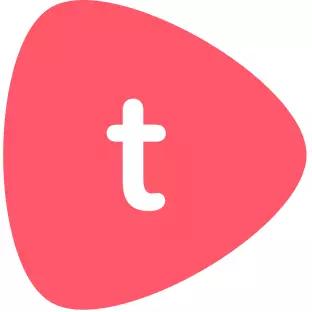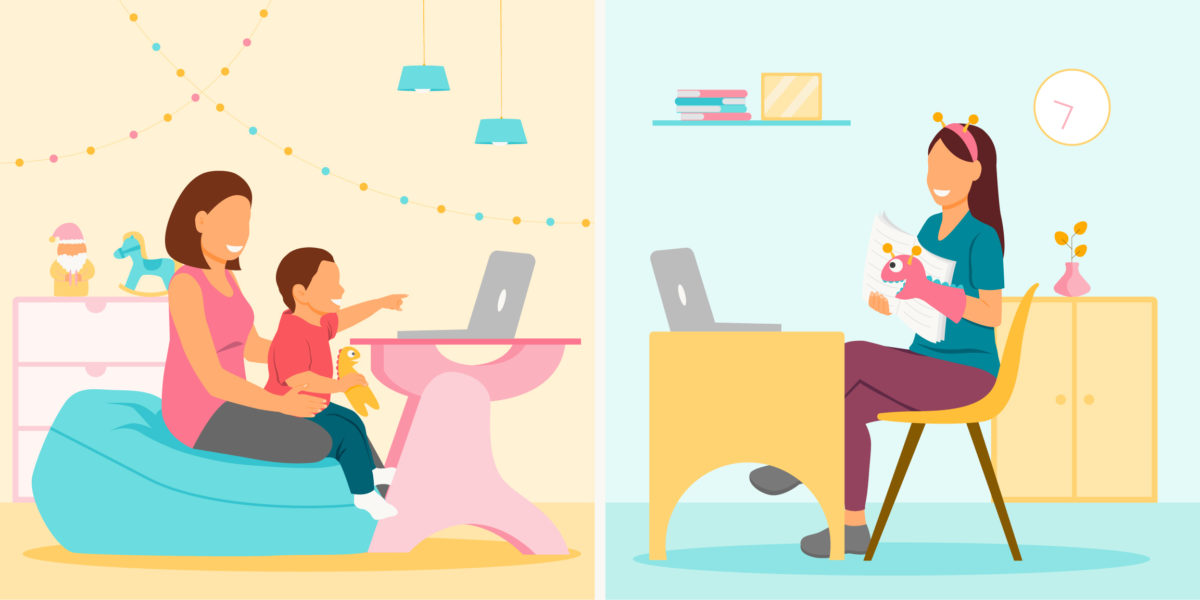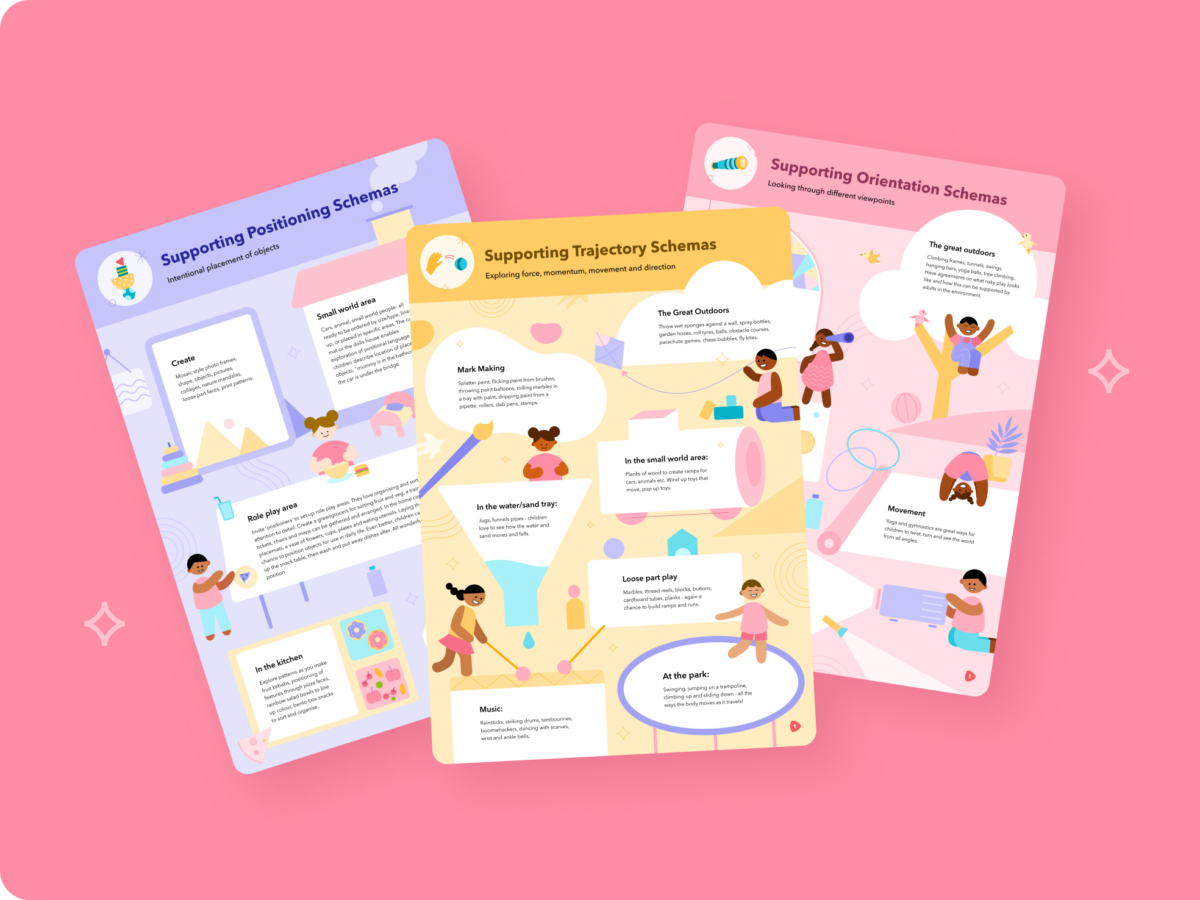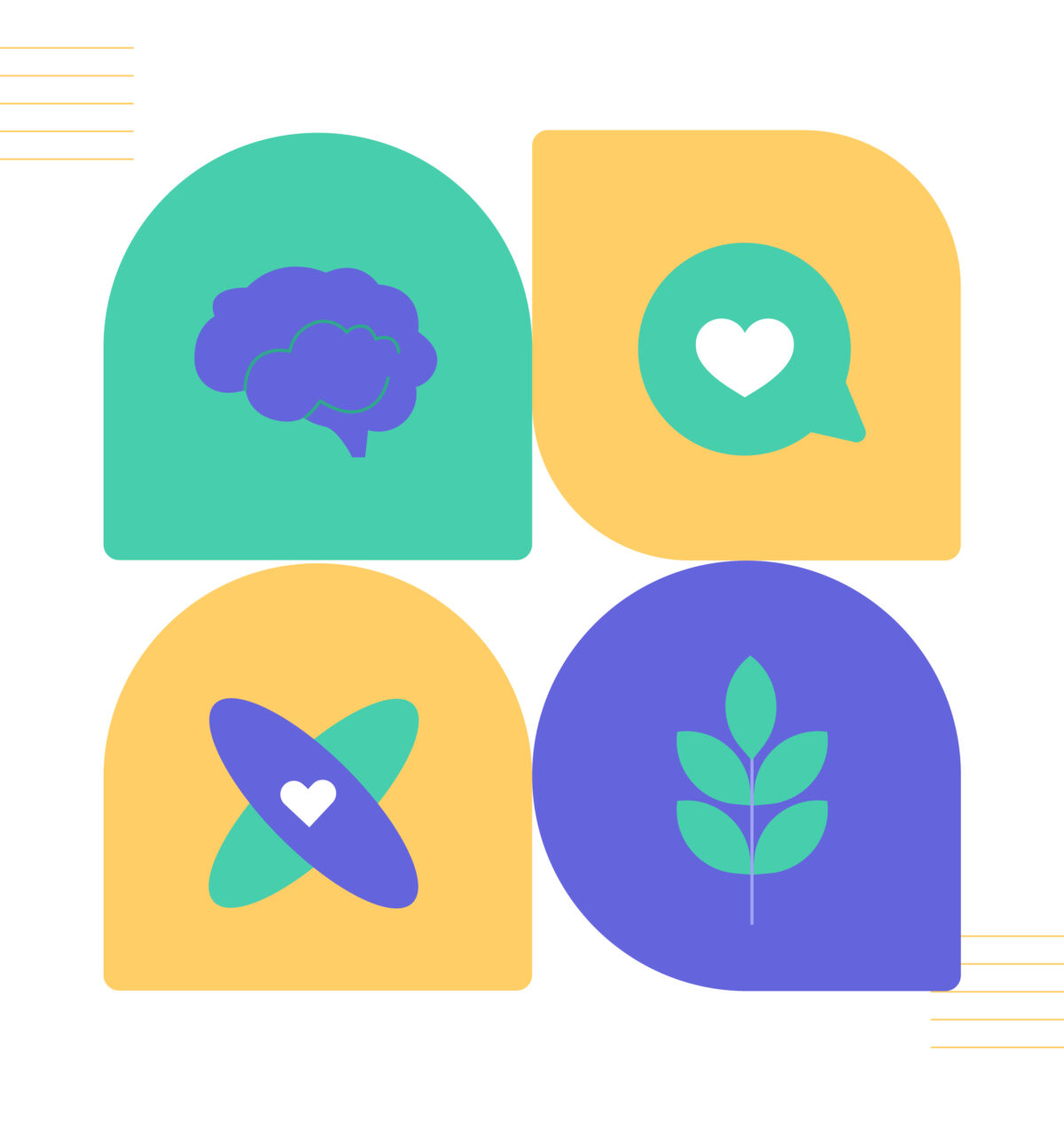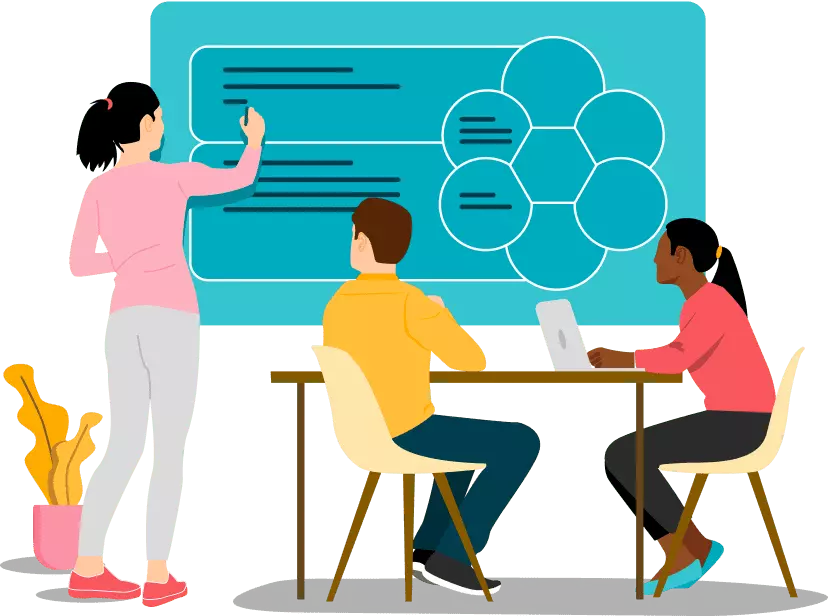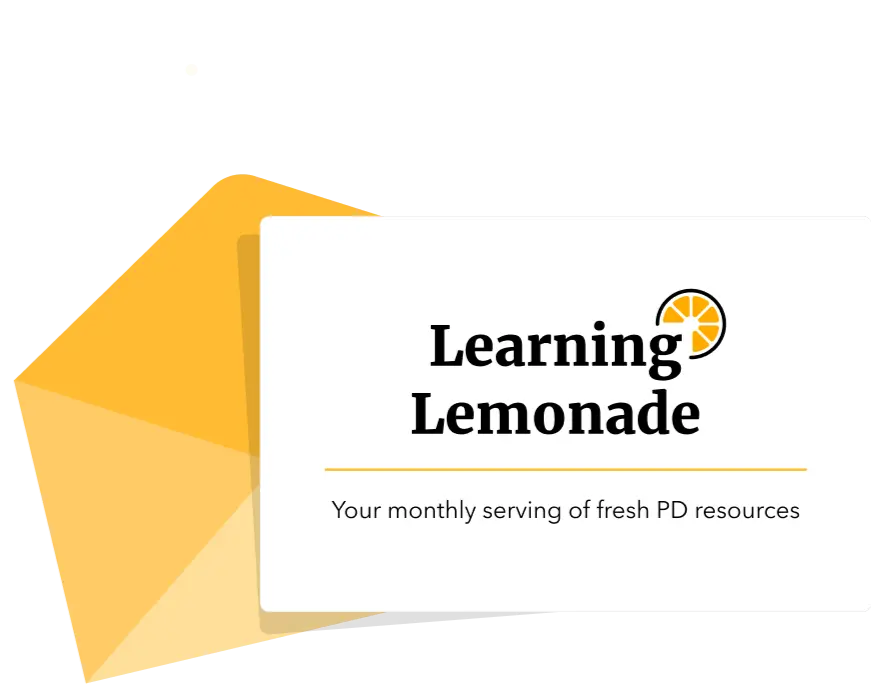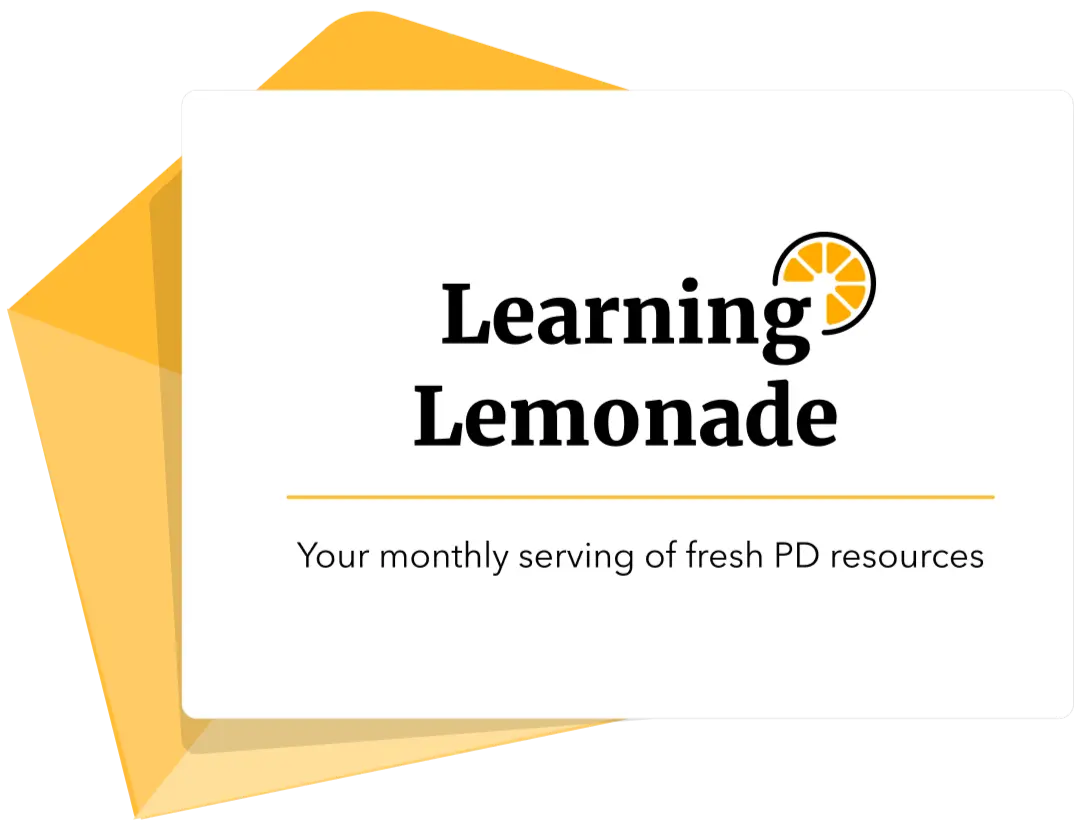AI Tutors in K-12
Picture this: Ms. Rivera, a sixth-grade science teacher, is leading her class through a unit on ecosystems. Her students are a lively, curious bunch, each bringing different interests and strengths to the table. There’s Jamie, who loves hands-on experiments but struggles with writing. Annika, a budding artist, prefers drawing diagrams to explain her ideas. And then there’s Sam, who devours science articles faster than Ms. Rivera can assign them.
In a traditional classroom, balancing these diverse needs might feel like juggling with one hand tied behind your back. But with AI tutors, Ms. Rivera has a new way to meet her students where they are—without sacrificing depth or creativity.
On the first day of the unit, Ms. Rivera introduces the topic with a short class discussion. Then she sends her students off to explore with their AI tutors, each following a personalized learning path:
- Jamie dives into a problem-solving adventure, working through a real-world challenge: “What happens to a pond ecosystem when pollutants are introduced?” His AI tutor nudges him with guiding questions like, “What organisms might be affected first?” and encourages him to explain his reasoning aloud.
- Annika, on the other hand, is assigned the Teach-a-New-Student mode. Her AI tutor plays the role of a curious younger student who needs help understanding food chains. As Annika explains concepts like producers and consumers, the AI pushes her to elaborate: “Why do you think plants are essential for energy transfer?”
- Sam explores the Interview-an-Expert mode, asking the AI questions like, “How do scientists track animal populations in the wild?” The tutor responds with detailed explanations and even suggests follow-up questions to deepen his understanding.
By the end of the session, all three students have engaged actively with the material—but in ways that match their learning preferences and strengths.
This is what learning looks like with AI tutors: every student participating, thinking critically, and immersed in a world of their own learning. Instead of passively consuming information; they’re making decisions, solving problems, and explaining their ideas—all with personalized support at their fingertips.
For teachers like Ms. Rivera, AI tutors aren’t just a timesaver; they’re a game-changer. By taking over some of the scaffolding and differentiation, AI tutors free her to spend more time facilitating discussions, connecting with students individually, and diving deeper into the unit.
What are AI Tutors?
AI tutors are interactive chat tools designed by teachers to help students explore ideas, solve problems, and demonstrate their learning. They’re more than just conversations—they’re personalized learning companions that adapt to each student’s needs, helping them deepen their understanding, demonstrate their skills, and identify areas for growth.
AI tutors might look like a typical chatbot at first glance, but they’re designed with K-12 education in mind. Here’s what sets them apart:
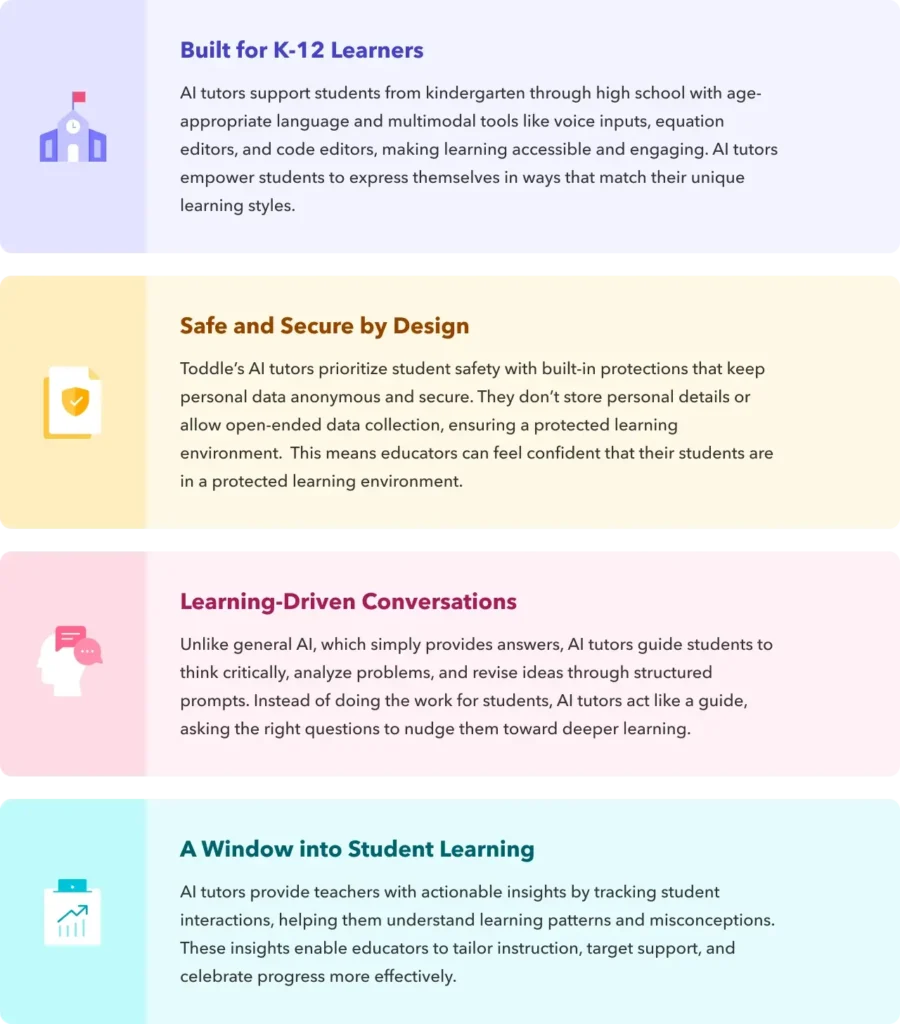
| What AI tutors are NOT AI tutors are not shortcuts for students. They don’t simply provide answers or do the work for learners. Instead, they are designed to enhance critical and creative thinking, not replace it. These tools are built with intentional guardrails that encourage reflection, problem-solving, and exploration, ensuring that students engage deeply with the material rather than passively consuming information. |
In essence, AI tutors act as guides, prompting students to ask questions, test ideas, and refine their understanding, all while maintaining the integrity of the learning process.
The Case for AI Tutors
Decades ago, Benjamin Bloom’s famous 2-sigma problem showed that tutoring could elevate an average student into the top 2% – a significant number in making a game-changing impact in education.
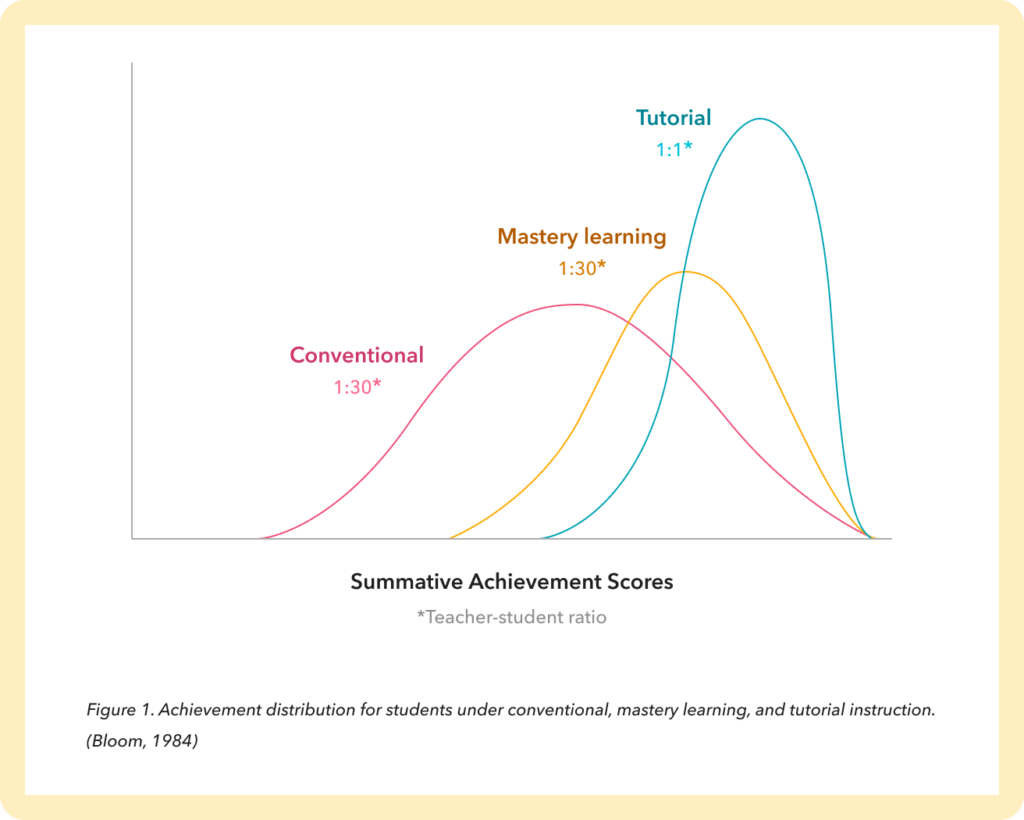
What did he do? He compared the performance of three groups of students with different instructional methods – traditional whole-group instruction, mastery-based instruction, and one-on-one tutoring.
Students in the tutoring group outperformed their peers by two standard deviations, or two sigma, meaning the average student in the tutored group scored in the top 2% of the traditional instruction group!
However, Bloom also highlighted a major challenge: individualized tutoring is expensive and time-intensive, making it unattainable for most schools.
For decades, this level of personalized instruction has been a dream reserved for the few—until now. AI tutors have the potential to make Bloom’s vision a reality for all students.
| Imagine An AI language tutor that listens to your students’ voices, gives them instant feedback on pronunciation, and even suggests fun scenarios for them to practice. It helps them build confidence in speaking another language at their own pace. A math tutor that’s never too tired to explain fractions again (and again!). It’s there for your students wherever and whenever, guiding them through tough problems with infinite patience and cheer. An AI science coach that turns students into virtual experimenters. It helps them design their own lab setups, simulate experiments with variables they choose, and explains the outcomes in real time—like having a personal lab partner who makes every “what if” come to life! |
Learning experiences that seemed like science fiction months ago are now possible. AI Tutors mimic the benefits of one-on-one instruction, offering personalized support tailored to each student’s needs, pace, and learning goals. They truly democratize access to the benefits of one-on-one tutoring, breaking down barriers of cost and availability. By bridging the gap between traditional teaching and individualized tutoring, AI can help students think critically, tackle challenges, and grow as learners.
Types of AI Tutors
There are many ways to use AI tutors in your classroom, and at Toddle, we’ve identified six core types that can help foster active learning, critical thinking, and engagement. Here’s a quick guide to each:
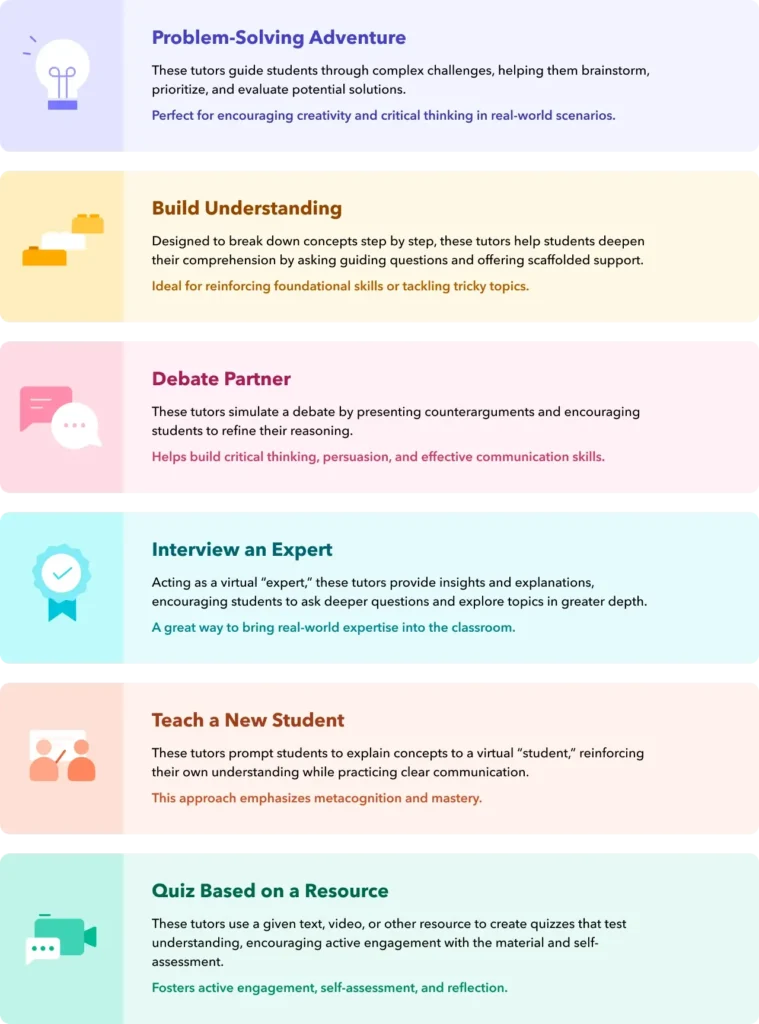
| At the Start of a Unit If students are just tuning in to a new unit, use AI tutors to spark curiosity, uncover their interests, or identify misconceptions. For example, a Problem-Solving Adventure or an Interview an Expert tutor can help you explore what students already know and where their thinking might need refining. During the Unit To guide students as they deepen their understanding, consider a Build Understanding or Teach a New Student tutor. These tools help students explain their thinking, practice new skills, and receive personalized feedback along the way. At the End of a Unit Wrapping up? AI tutors can be a powerful way to review and consolidate learning. A Quiz Based on a Resource tutor offers an engaging way to check comprehension, while a Debate Partner tutor encourages students to apply their knowledge in a meaningful context. |
We’ve also designed dozens of subject-specific tutors, each tailored to meet the unique demands of different disciplines. From math tutors that help students tackle challenging equations step-by-step, to history tutors that guide learners through analyzing primary sources, and science tutors that encourage hypothesis-driven problem-solving, these tools are crafted to align with curriculum goals while fostering critical thinking and engagement.
AI Tutors as an assessment tool
The best way to think about AI tutors is as a new kind of assessment tool—one that’s flexible, interactive, and tailored to your goals. Like any effective assessment, planning when and how to use a tutor starts with your learning intentions and where your students are in their learning journey
By aligning AI tutor types with your learning goals, you can ensure they enhance—not replace—your instructional strategies. Whether uncovering misconceptions or pushing students to think critically, these tools support teachers in creating rich, reflective learning experiences.
Final Thoughts
In an era where over half of students aged 13 and older are already turning to AI for brainstorming, gathering information, and tackling academic challenges, the question for educators has never been more pressing—or more promising.
How can we guide students to use AI responsibly while equipping them with the skills to thrive in this AI-driven world?
AI tutors provide the perfect safe, guided space for this. By integrating AI tutors into your classroom, you can create a sandbox for exploration where students can test ideas, solve problems, and build confidence—all while learning to use AI effectively and ethically.
The result? Students not only master today’s learning goals but also develop future-ready skills that will serve them for years to come.
Ready to lead your students into this exciting new era of learning? Discover how Toddle’s AI tutors can help you make it happen.


